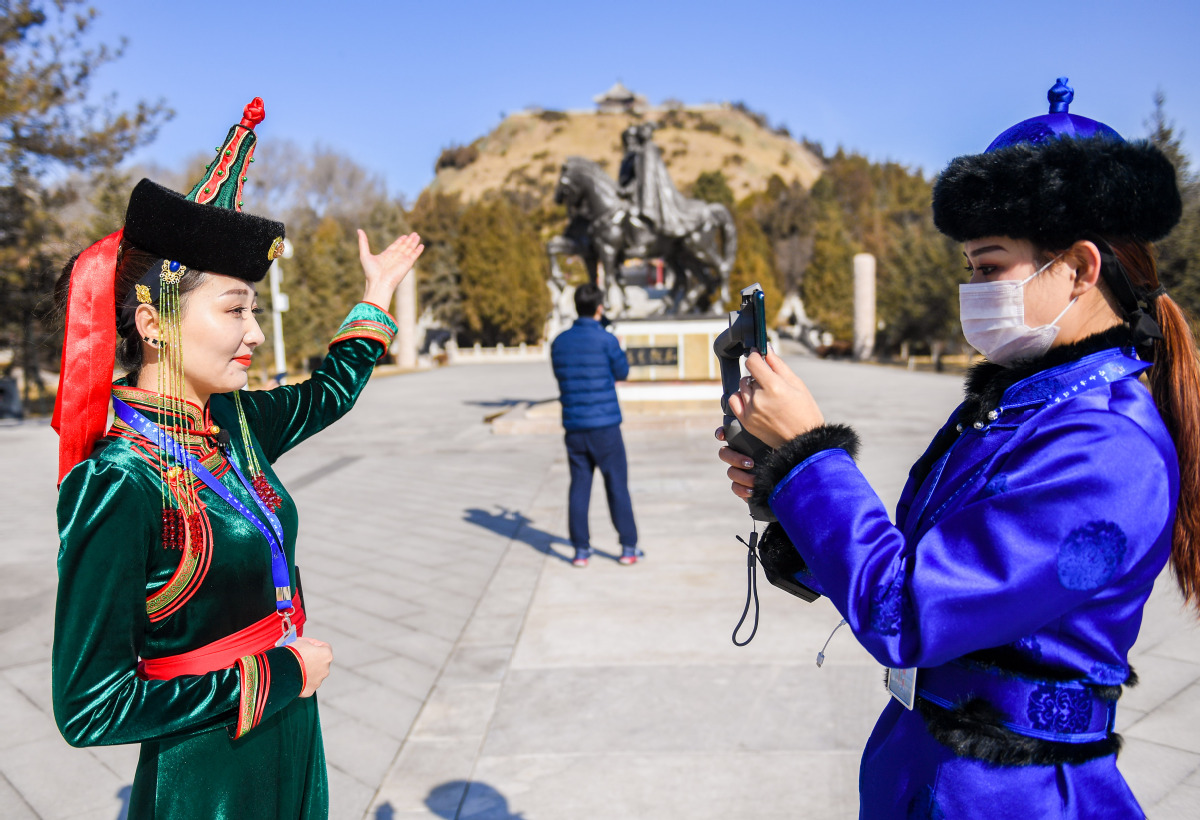Cultural gems still visible from home
Virtual offerings complementing physical visits to help fuel major digital trends


As a graphic designer, Liu Liangxian has always dreamed of visiting the Mogao Caves in Gansu province, where one of the world's greatest sites of Buddhist art has inspired generations of Chinese and foreign artists alike since ancient times.
"The art of Mogao serves as a cultural treasure hub for all of humanity. Coming face-to-face with its paintings and sculptures is something I must do at least once in my lifetime," the 42-year-old Beijing resident said.
But when the novel coronavirus outbreak began spreading nationwide earlier this year, Liu knew he had to put his plans to visit the UNESCO World Heritage Site on hold.
"I was planning to go to Mogao for an in-depth study of its cave art during the extended May holidays this year," Liu said.
"While I probably won't be able to make it now because of the measures to limit the impact of the COVID-19 epidemic, the ramped up online resources offered by the caves have been amazing. I can virtually see the art all for myself."
Liu is one of the many art aficionados benefiting from the efforts of cultural institutions and groups across the country-including heritage sites and museums, galleries and performance platforms-to continue offering artwork to the public, amid social distancing measures, through online innovations.
As the graphic designer discovered, the Mogao Caves near the historic Silk Road oasis of Dunhuang launched a "home travel" museum program involving a broad range of cultural organizations, stretching from eastern Zhejiang and southern Guangdong provinces to Liaoning province in the northeast. The program aims to promote and maintain public interest in art, heritage and relic conservation.
Mogao's major relics come from about 500 caves dating to the fourth century that cover the Tang and other epochal dynasties, with the importance of the murals, sculptures and writings extending far beyond their religious significance to place Dunhuang as a cultural icon for the world's great civilizations.























